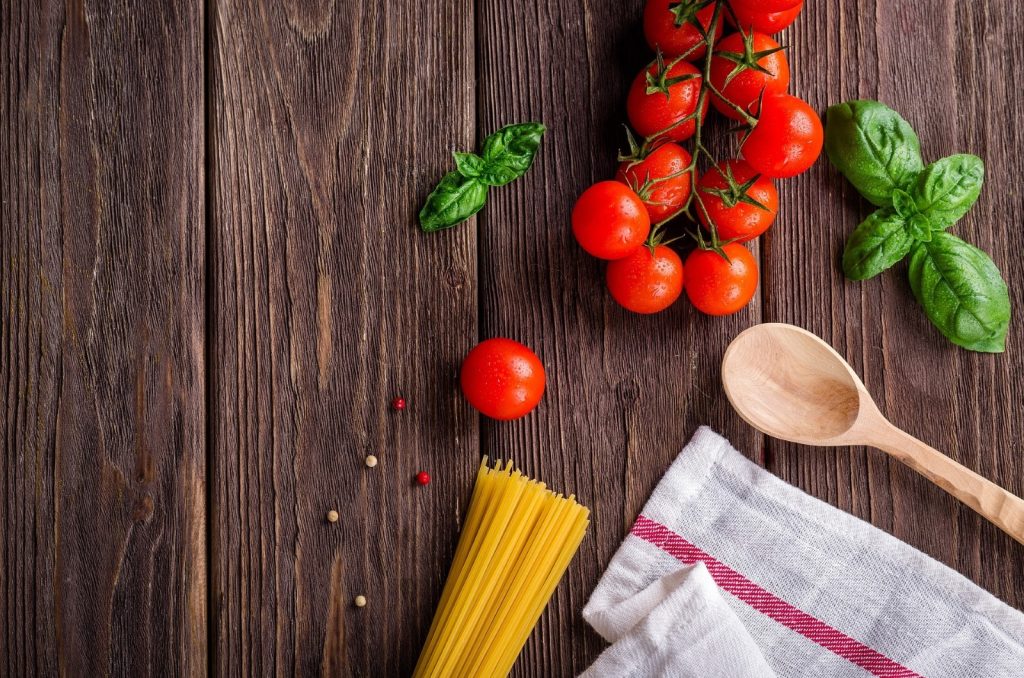When you reach the desired point becoming a great pasta cooker, immediately remove the pan from the heat and drain the pasta – otherwise it will be soggy.
Drain, but don’t rinse (unless the recipe says to do so), and don’t pat dry. The pasta needs to retain some of its own moisture to mix easily with the sauce. NOTE: Reserve some of the cooking water, which contains starch and can be used to thicken the sauce.
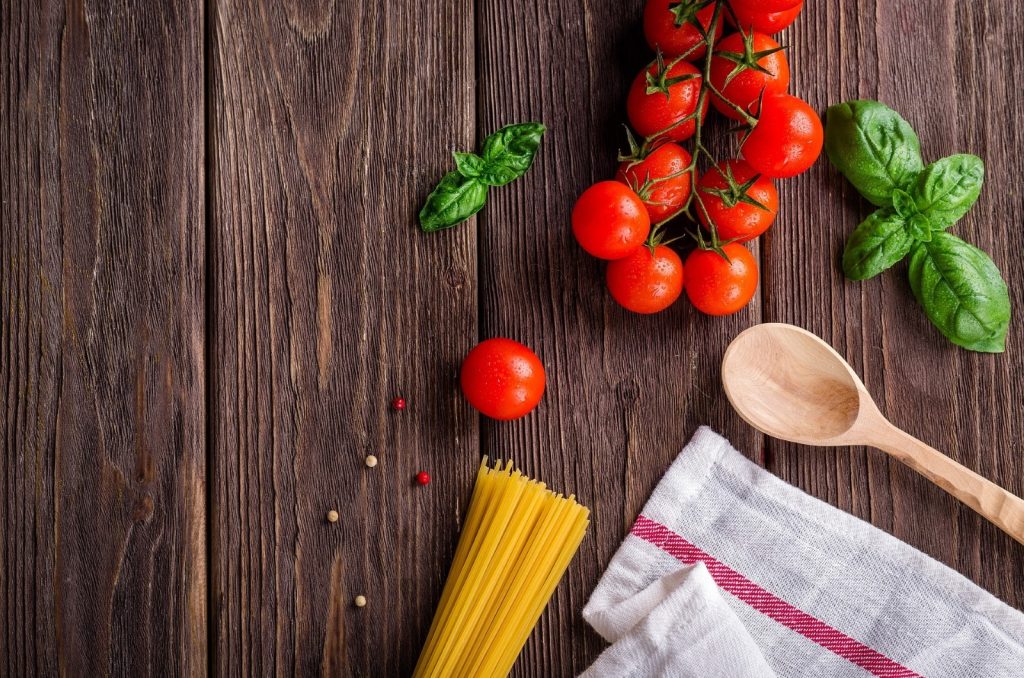
Quickly drain the pasta It’s not uncommon to leave the pasta in the pot, turn off the heat, and finish a task like making a sauce. avoid it. Try to drain the noodles right away. Even after turning off the heat, the pasta will continue to cook in hot water for a few minutes – and then it will be overcooked.
Drain quickly Given the cooking time of the pasta, drain immediately. Even after turning off the heat, if the pasta stays in the water, it will continue to cook. After draining, do not rinse the pasta under cold water (unless you intend to use it in a salad).
Tips for making perfect pasta every time (without microwave pasta cooker) .

Always use a stopwatch! All brands provide the time indicated on the package. Each mass has its own and must be respected without effort. Don’t rely on your memory, put it on a timer (the one on your phone will do). All it takes is a quick glance at Instagram and your pasta will pop up.
The best meat is al dente: cooked but firm. Because, if the dough is too soft, they stick even after baking and become very heavy. Also, another indicator of doneness is that the kneaded dough floats to the surface and begins to float when ready.
Ideally, the pasta should be al dente (cooked but still firm) with some resistance to biting. If they are too soft, they do not absorb the sauce and become heavy. Artisan or homemade pasta (like fettuccine) will never have the same texture as industrial pasta like spaghetti, but it shouldn’t be too soft either. In general, homemade pasta is more absorbent and requires more fat to soak than industrial pasta. Fresh pasta usually needs to be cooked a little longer. ( In our next article, we will focus on how to store homemade pasta).
To cook it properly, noodles are ideally placed in boiling water. So the first step to making a perfect dough is to have enough water in the pan. It is then placed over high heat until it boils. After that, add the noodles. (We might consider using a pasta cooker or a microwave pasta cooker)
The secret to making pasta “al dente” lies mainly in the ratio of pasta to water. Generally, one liter of water should be boiled for every 100 grams. pasta. As soon as the water starts bubbling, add a pinch of salt, about 1 tablespoon – the tip is to make it as salty as sea water.
Hot, very hot The water should be boiling when you add the dough. This is because the raw dough cooled the water well. Therefore, if it is not hot enough, it will take longer to start cooking the pasta and will spoil the end result.
A tip is to put the noodles, cover and let it cook a little, let it boil, uncover and cook. Always keep the fire high. Frozen pasta should be placed in boiling water straight from the freezer, it just takes longer to cook.
This is the only opportunity to directly season the pasta and bring out its natural flavors. The water must be as salty as sea water. You should use at least one tablespoon of kosher salt for every 3 gallons of water. After the water boils, add the salt. Without salt water it boils faster. But pay attention: people with little salt in their diet should follow the doctor’s instructions.
The amount of salt Of course: The amount of salt depends a lot on each person’s taste and health concerns. But in the most classic way, the suggestion is to use one to one and a half tablespoons of salt for every half kilo of dough.
What is the correct amount of salt?
Learn how to cook pasta the right way, from start to finish ( pasta cooker).
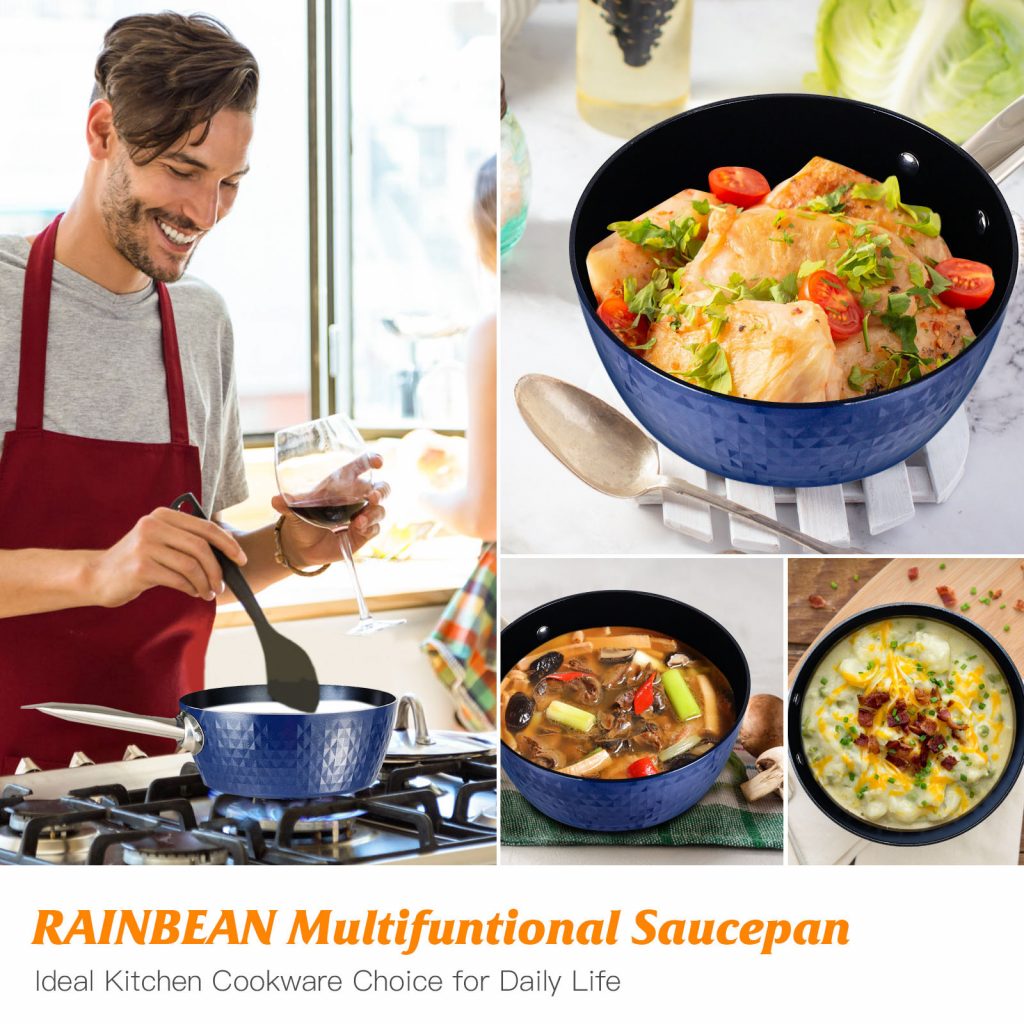
Well, cooking pasta is not difficult at all unless you want to be a commercial pasta cooker. But since it’s the little things that make the difference, it never hurts to get things right. Especially since there’s nothing quite like incredible results when it comes to getting the job done. Let’s go over the basic rules for cooking pasta.
Chef Renato Carioni from Così “To see how good the pasta is, if it’s a reliable brand, just follow the instructions on the packaging. Then fry in butter and a little cooking water, sprinkle with grated Pecorino Romano cheese and freshly ground black pepper. You have caccio e Pepe on your plate.”
We all know that breaking spaghetti is a big sin in Italy. Ask an Italian and he will confirm that this is not the only desecration of food in boot country. Videos showing the “ridiculousness” of food routinely go viral on social media, the kind that make any Italian shiver.
Knowing how to make pasta is one of the most important cooking skills a person can learn. Pasta is inexpensive, cooks quickly, and can be prepared in a variety of ways. Don’t know what to make for dinner? It can save your night when you are hesitant or in a hurry! When cooking pasta, look in the pantry or fridge to decide what to serve with it: pesto, red sauce, or your favorite veggies. In another half hour, the dish will be ready and served.
Even so, there are some general tips and steps to help you master any noodle. To facilitate your family lunch or even a delicious and easy-to-make romantic dinner, we have prepared a complete guide on how to prepare pasta.
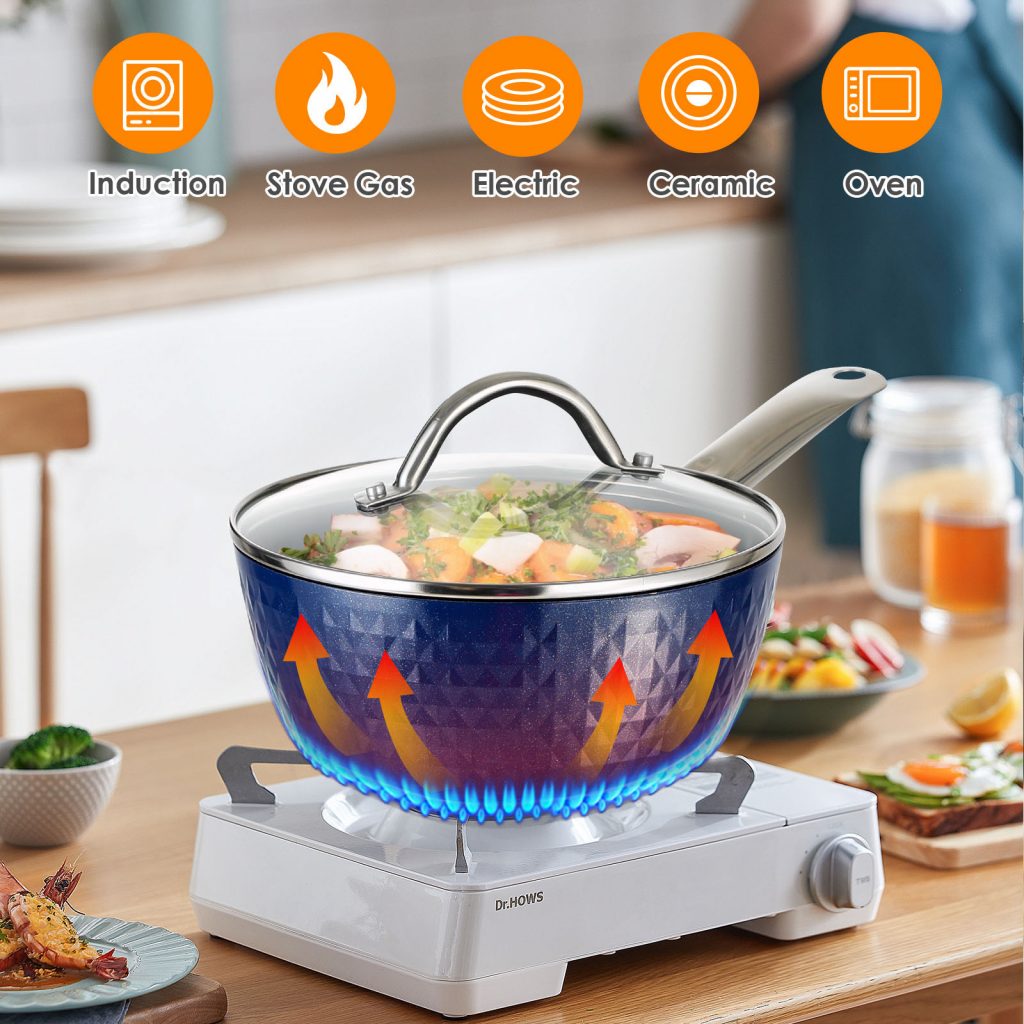
We know that pasta is by no means a difficult and complicated dish, but in the kitchen it is always good to know “the cat’s hops”. In addition, as you will work tirelessly to prepare your recipes, nothing fairer than getting the best possible results.
Finishing the Pasta in the Sauce: To help the sauce adhere better to the pasta, place the sauce in a large skillet or skillet and heat while the pasta is cooking. Before the strainer stops dripping completely, place it in the skillet.
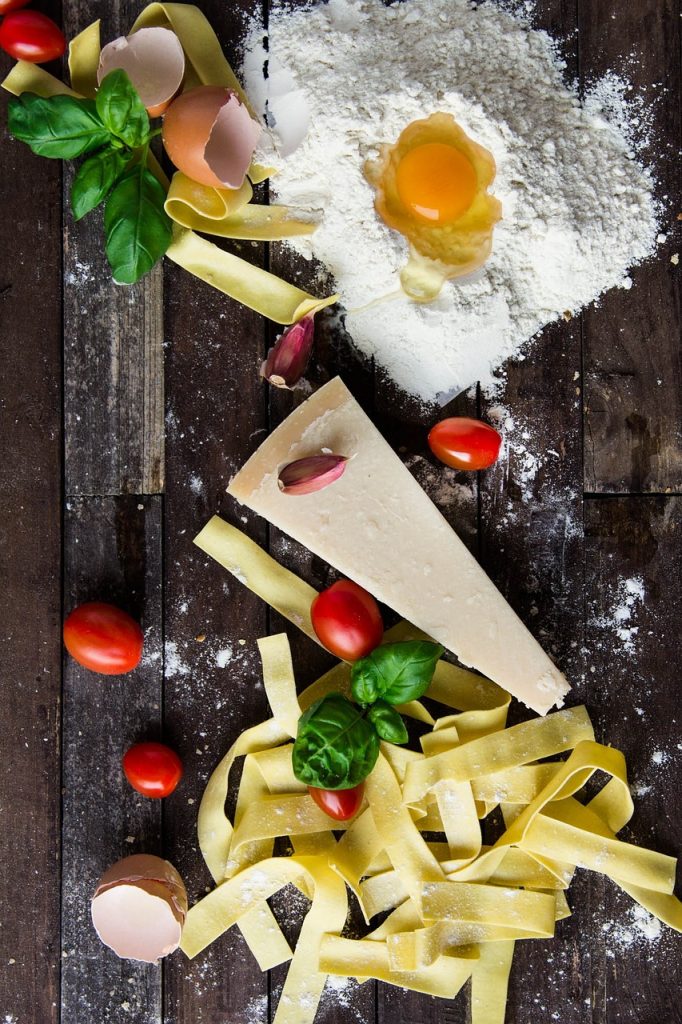
Bring pasta and sauce to a boil over high heat for 1-2 minutes, until pasta is cooked through. This technique is called pasta strascicata and is especially useful for creamy meat sauces or vegetable sauces such as sugo alla bolognese and marinara sauce. Don’t use this technique with raw sauces like pesto or oil-based sauces like aglio e olio.
Heat the oil and fry the macaroni until golden, little by little;{#}Once fried, place them on a paper towel;{#}Mix the grated cheese and place in an ovenproof dish for later use. {#}Place the tomatoes in a pan and bring the pulp to a boil;{#}Add salt, mustard, tomato paste and basil. {#}Pour the sauce into a small bowl and serve with the pasta.
One of the biggest problems people face when cooking pasta is when the pasta starts to stick together after cooking. Some people add olive oil or butter to prevent this from happening. However, the best option is to prepare the sauce before adding it to the pasta and it’s very important to use nice source pan or microwave pasta cooker.


